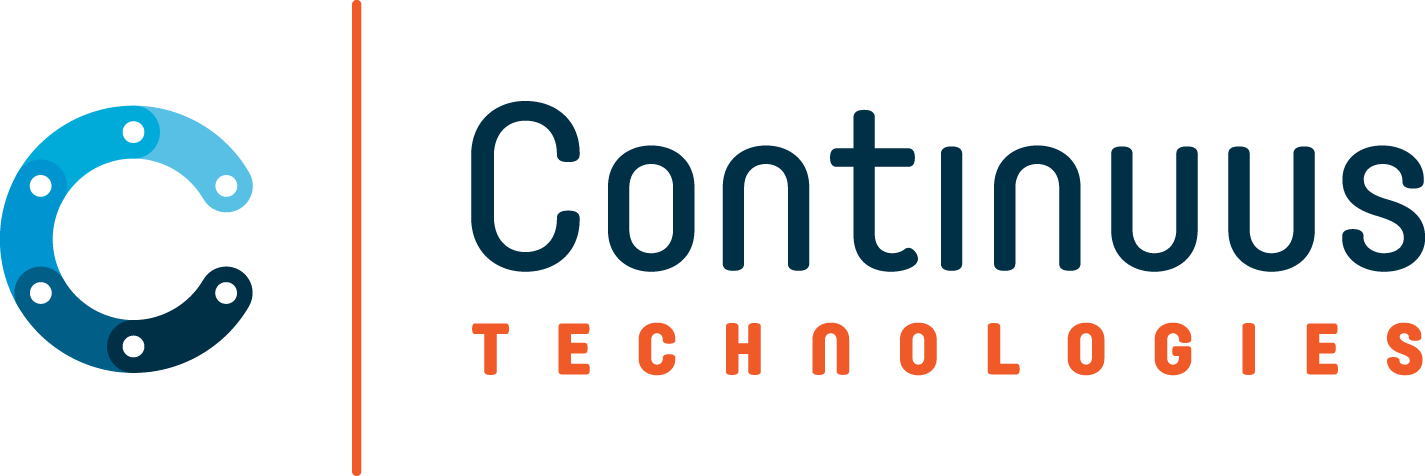Many (if not all) financial firms began their data journey using Excel. It’s a tool that many are comfortable using and it allows for quick and easy data manipulation. However, as businesses look to modernize and scale, they quickly realize the limitations of Excel when it comes to managing large volumes of data. So the question arises, “How do firms transition from Excel to an enterprise data model?”
Continuus CRO Kellyn Cochell recently sat down with our in-house data governance experts Asha Macwana, Co-Chief Data Officer, and Keshia Britain, Principal Consultant, to discuss this topic and others surrounding enterprise data governance.
Understanding the Current Data Landscape
Many organizations still rely heavily on Excel to manage their data. While Excel is powerful in its own right, its limitations become apparent when businesses try to maximize the value of their data.
For organizations looking to move beyond Excel and establish an enterprise data model, the first step is understanding your current data landscape and identifying opportunities to consolidate and maximize value. This could include:
- Multiple data sources
- Users applying different rules to Excel sheets
- Duplicative processes
- Workbooks crashing
By evaluating and streamlining these workflows and data sources, organizations can unlock significant cost savings and free up valuable time and resources.
If Not Excel, Then Where?
As firms look to upgrade from their legacy Excel data processes, they are moving to more robust platforms like Snowflake, which offer greater scalability and functionality for larger data sets across enterprises.
Snowflake resolves the limitations of Excel and enables businesses to centralize their data. This means different teams can query a single source of data and access it in real-time. This doesn’t necessarily mean that Excel is replaced as the destination for data or reporting – many modern firms still extensively use Excel – but the source is elevated to a more modern, scalable solution designed for data management.
Excel’s Limitations and the Case for Snowflake
In our recent webinar, Keshia Britain emphasizes that Excel is not a database, and its scalability issues become evident as data volumes grow. “When you exceed 500,000 rows, Excel spreadsheets often crash,” she points out. While Excel can handle up to a million rows, this limit becomes problematic for larger data sets and more complex operations.
Keshia advocates for migrating to more robust platforms like Snowflake, which offers scalability and ease of use. “Snowflake can be implemented relatively quickly, and its user adoptability is high,” she says. This platform enables businesses to centralize their data, allowing different teams to query and use it efficiently.
Snowflake not only resolves the limitations of Excel but also empowers organizations to access and analyze their data in real time, fostering better collaboration across departments.
The Power of Centralized Data
Kellyn Cochell also shares her experience with projects where organizations relied heavily on Excel before transitioning to centralized solutions like Snowflake. “The speed, time, and logic go from someone’s desktop or their brain into the enterprise,” she explains. Centralized data allows for shared access and collaboration, enabling teams to build on one another’s work, driving more informed decision-making.
Conclusion: Taking the First Steps
For organizations looking to move beyond Excel and establish an enterprise data model, the first step is understanding your current data landscape and identifying opportunities to consolidate and maximize value. Engaging with Continuus can help firms evaluate and implement solutions like Snowflake to take advantage of benefits like scalability, user-friendliness, and the ability to centralize data, making it accessible to all parts of the business.
With a clear understanding of data tables, models, and catalogs, your organization can lay the foundation for a more robust and scalable data infrastructure. Get started with our team of strategy and implementation experts by reaching out to sales@continuus-technologies.com today.




